Brick houses remain the most popular in modern construction. However, a brick wall needs an extra one to maintain an optimal temperature in the house, and so that heating bills do not horrify its residents.
Insulation brick walls Photo
Before starting work on insulation, you need to decide what material will be used for this. The choice of insulation depends on the method of insulation (in-wall, external or internal), as well as on the characteristics of the material, such as:
- Thermal conductivity;
- The ability to "breathe" (pass humid air);
- Water absorption;
- Density, mass;
- Flammability degree;
- Soundproofing characteristics;
- Environmental friendliness;
- The complexity of the application.
Now more specifically about the materials.
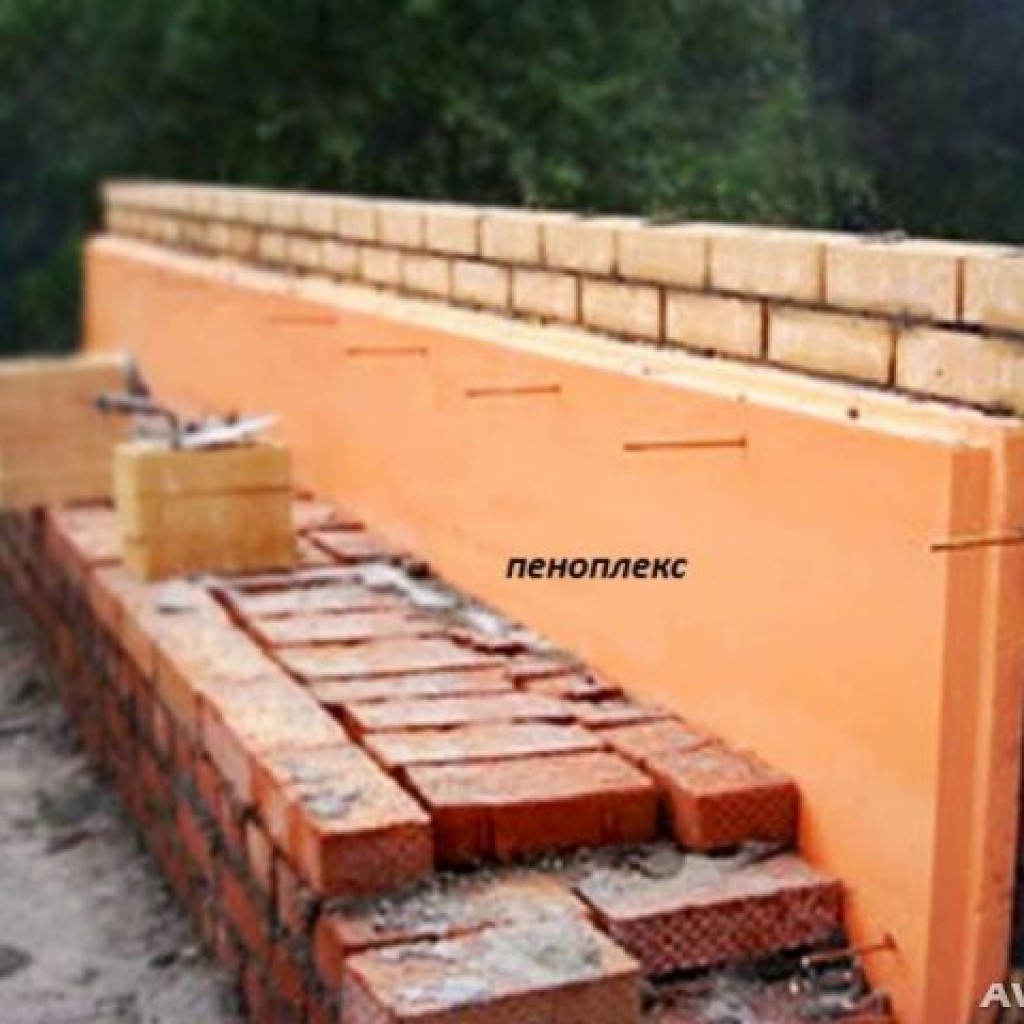
Warming brick house outside with polyurethane foam is produced after preliminary installation of a wooden or metal frame... Also, the material can be used to insulate walls and indoors.
How to properly insulate a brick wall?
Above it was mentioned about three methods of thermal insulation, we will consider each of them in more detail.
- Wall insulation of brick walls. This type of work is possible only at the stage of building a house.
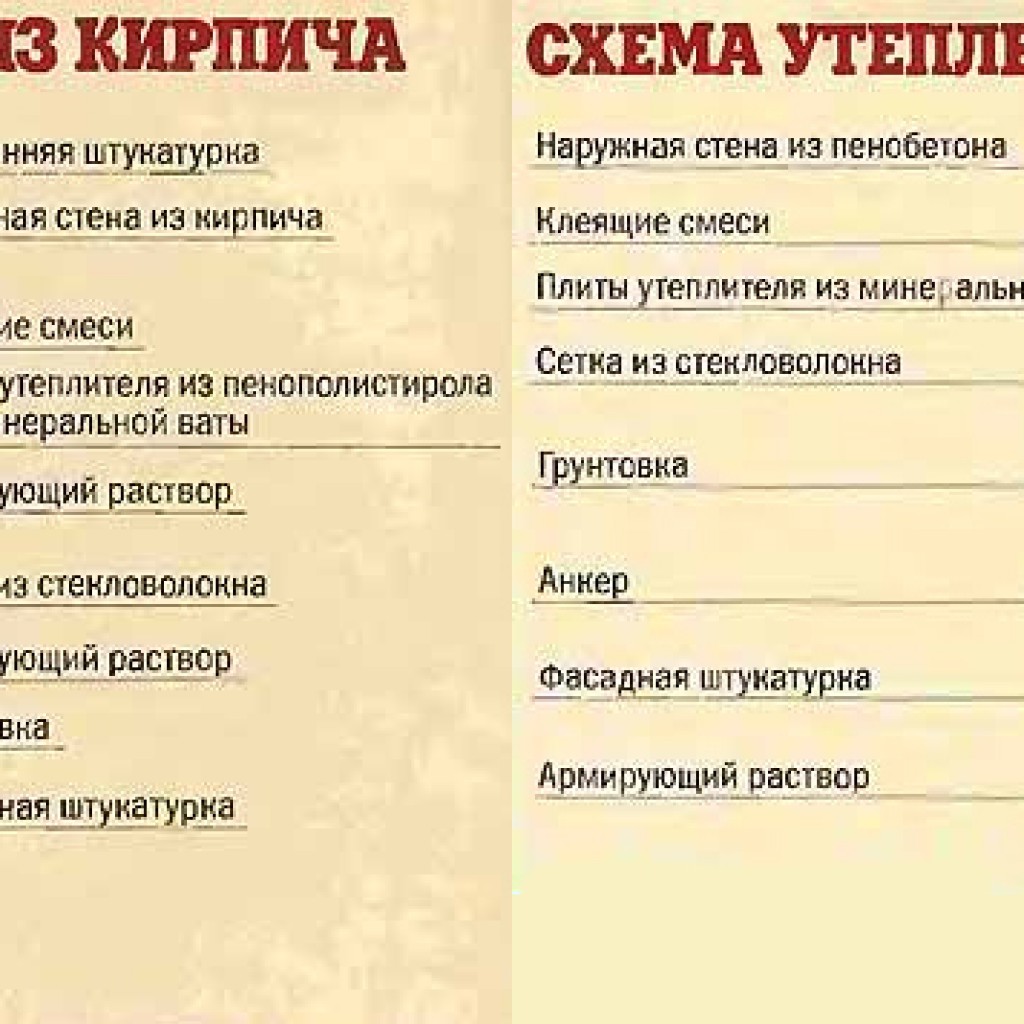
The scheme of insulation of brick and foam concrete walls
First, the outer wall is laid out to a height of one and a half meters, metal rods are inserted into the seams of each 5-6 rows. After that, a tile or sheet heat-insulating material (mineral wool, expanded polystyrene) is installed and laid out inner wall... Thus, the insulation is carried out to the top simultaneously with the construction of the wall.
If expanded clay is used for thermal insulation, then both walls are laid out at a height of up to 1.5 m, the distance between which should be about 15 cm, after which this gap is filled with expanded clay. So continue to the very top.
- Insulation of the house outside.
When insulating a house outside, it is necessary to insulate not only the walls, but also the basement with the foundation. To begin with, the outer part of the building needs thorough cleaning, after which you can start finishing.
- Thermal insulation with extruded polystyrene foam or foam begins with leveling the walls with plaster and subsequent priming. Then the insulation is attached to the wall using dowels or glue. It is necessary to arrange the sheets from the bottom up, placing them in a checkerboard pattern, so the structure will be more stable. After that, the wall must be reinforced with a fiberglass mesh and plaster applied to it. After drying, the wall is ready for decorative finishing.
- Mounting ventilated facade... A layer of vapor barrier material is attached to the wall, then the frame is mounted. Next, mineral wool is placed in the frame, and waterproofing is placed on top. All insulating materials are fixed to the wall with dowels. Outside, such a facade is usually sheathed with siding.
- Application "Warm" plaster is considered the simplest and cheapest way of insulation. First, the cleaned wall must be primed and a reinforcing mesh attached to it. Then warm plaster is applied. After it is completely dry, decorative finishing: painting, laying tiles, applying decorative plaster.
The basement and foundation are insulated in the same way as walls.
- How to insulate a brick wall from the inside?

How to insulate a brick wall from the inside. Example and diagram
Usually such works are carried out using "warm" plaster, cork, mineral wool, extruded polystyrene foam, polystyrene foam, polyurethane foam.
First of all, the work surface must be cleaned and primed. If there are noticeable irregularities, they must be pre-treated with plaster. After complete drying, a frame is attached to the wall, into which it will be laid, and in the case of polyurethane foam, an insulating material is applied. From above, the structure can be covered with plasterboard and plastered. After drying, carry out a decorative finish.
"Warm" plaster inside the house is applied in the same way as for external insulation.
Insulation of brick walls from the inside with polystyrene or expanded polystyrene is not recommended due to their toxicity and high degree of flammability.
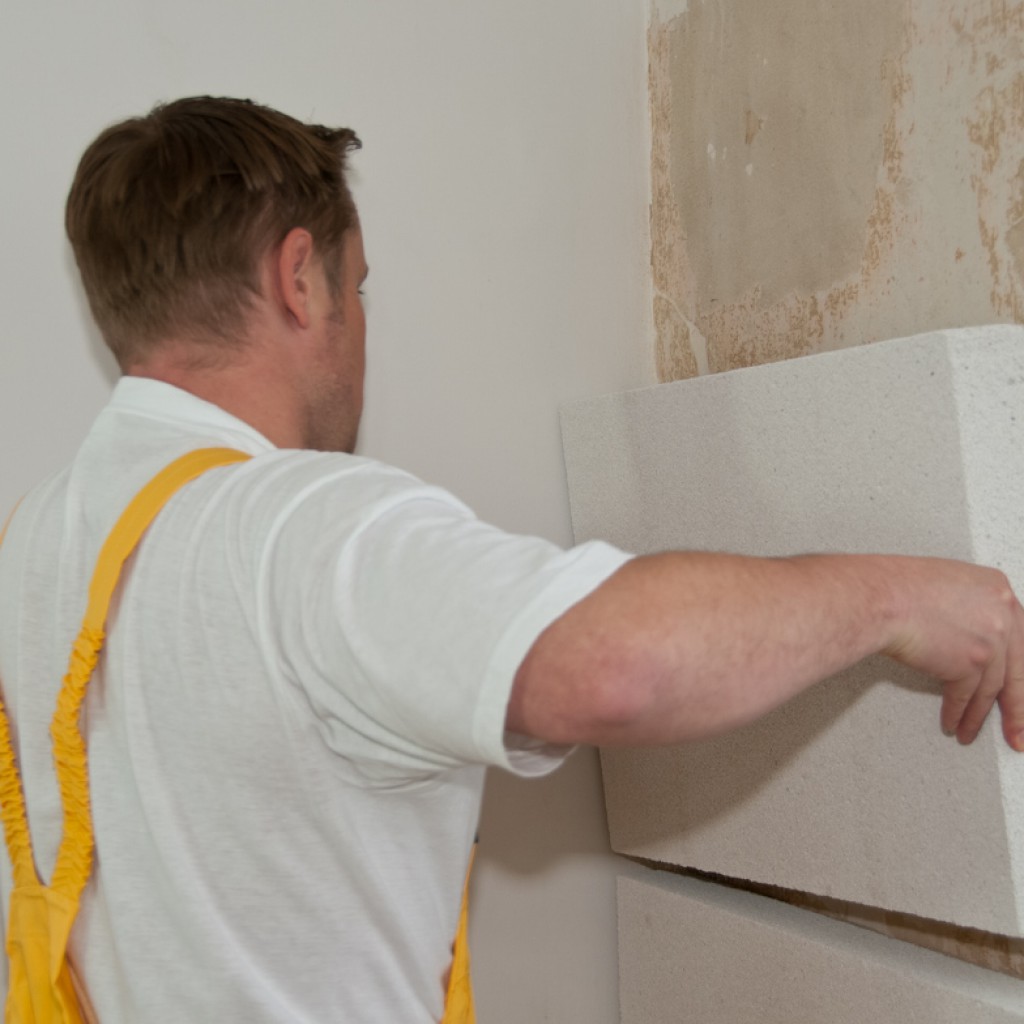
To avoid saturation of the insulation with moisture, it must be laid with a compacted (expanded polystyrene) or foil (penofol) side from the wall, i.e. towards the room.
- Materials with high vapor permeability after installation are covered with a vapor barrier film or thin foam foam.
Summary
In addition to the fact that in the cold season, due to thermal insulation, there is no heat loss, in hot weather hot air does not penetrate into the room, which means that it helps to maintain a comfortable temperature in the house all year round.
Warming your own home is not very difficult, and almost everyone can do it. Only a few theoretical knowledge and skillful hands are required.
Details about insulation and thermal insulation materials, and much more useful information about construction can be found in subsequent publications.
Ever since childhood, when our parents read the fairy tale "Three Little Pigs" to us, we understood that brick house - the most reliable, and no wolf will blow him away.
Brick walls - this is strength, tested by time, and therefore no troubles in a brick house will be terrible. However, brick, like everything else, has disadvantages - walls made of it must be carefully insulated, since it weakly restrains heat.
Let's tell you a little theory. For example, walls that lie in one layer 40-60 cm thick made of bricks or ceramic blocks can keep the level of heat in the house 2-3 times worse than necessary for a comfortable stay. So that's it.
What should we do now? The answer is very simple - we will insulate the walls with our own hands.
Internal insulation of a brick wall
First, let's take a look at what the internal insulation of brick walls is. First, you need to waterproof our wall with Ondurin vapor barrier film. Then we need to put insulation on the wall and again cover it with a vapor barrier film.
External insulation of a brick wall
External wall insulation is much better from a professional point of view. At the very least, we will win by preserving the area of \u200b\u200bour house, as well as not complicating our life during the insulation work. Anyway, any repair work Is dust, dirt and nerves.
However, these are not the only reasons. For example, the moisture that is formed daily from the air in the room goes into the walls, and in the wall there is a transition from heat to cold. Thus, the dew point will form in our room, which means that we will have to freeze quite strongly in winter. Why do we need this? That's right, we don't need this, which means that we will insulate the brick wall outside the house.
Which insulation is best for the house
In order to qualitatively insulate the walls of a brick house, there are dozens of insulation materials. The highest quality insulation is considered to be expanded polystyrene (gas-filled material) and mineral wool. If your finances are tight enough, you can use regular foam.
Let's summarize the insulation:
- styrofoam;
- expanded polystyrene;
- mineral wool.
The most important thing is that heaters will not prevent you from cladding with siding or wood, since all such heaters are placed in the gap after the wall, in front of the cladding.
How to insulate a brick house
- Insulation of walls with mineral wool is mainly due to the fact that, unlike expanded polystyrene, it does not burn.
- Insulation of walls with expanded polystyrene is mainly if the situation with finances is rather tight.
- Insulating walls with foam is the cheapest method, but it retains heat worse.
Answer the question of how to insulate a brick house yourself, based on our recommendations. By and large, it all depends on how much you are willing to spend on the thermal insulation of your home.
Now some statistics. People who live in private houses, cottages and summer cottages believe that by insulating with foam, we doom ourselves to the fact that in the summer it will be unbearably hot in the house. But is it? Now we will deal with you.
Let's look at the properties of the insulation, they consist in the fact that in winter it must retain heat, and in summer, respectively, cold. Let us draw your attention to the fact that modern heaters are able to remove moisture from the house without absorbing it.
Our ancestors also knew that 40% of thermal energy is spent on heating the room, but why do we need extra spending? We will avoid them by high-quality wall insulation.
The whole point of thermal insulation materials is that they are able to increase the thickness of a brick wall. So feel free to insulate, in the end you still save!
How to insulate a brick wall from the outside
In order to produce proper insulation brick walls outside with your own hands, you need to start with the correct installation of the insulation. Let's imagine that we will be laying siding.
First of all, we make the lathing with wooden slats along the entire wall of the house. We will fix them in the range of thirty centimeters from each other. We select the thickness of the slats corresponding to the thickness of the insulation. Then we put mineral wool between them.
In order to avoid the contraction of moisture by the insulation during the rain, we need to lay a film that will not allow moisture to penetrate into the room.
Now, to protect the house from the wind, we need to put a protective film on top of everything that we put, which will protect our premises from the gusty wind. That's it, now with the help of a stapler we fix the film and insulation with slats, and on top we make a crate, to which we will fix the siding.
If a decision is made to insulate the house with expanded polystyrene, then purchase TEPLEX. This material differs from polystyrene in that it does not support combustion, is not toxic, and has very good sound insulation parameters.
Styrofoam, of course, is also a good insulation, especially when it comes to price, then buy it. If you want to know our opinion, then we believe that it is better to spend a little more money on the insulation of brick walls with expanded polystyrene, since the advantage of this material on the face.
And so, let's go to insulate
We start by making putty on all sheets of insulation. You need to spread all the sheets in turn, and over their entire area. We use construction adhesive cement. Then we take the sheets and press them tightly against our wall and tap them with a mallet.
Now, while the glue is still fresh, take the Styrofoam sheets and drill through them in all four corners and in the middle. Then, in the holes drilled in the wall, we insert special chops, and we hammer in the umbrellas, making indentations so that they do not crawl out beyond the thickness of the foam.
After 24 hours, a plastic mesh is laid on the foam and covered with a thin layer of cement. This is done to protect the foam from the harmful effects of sunlight. If you plan to lay siding on top of the foam, then wood blocks must be laid between the siding sheets.
Lathing material
In order to make a crate with your own hands, you can buy a bar from coniferous tree size 40x20. As for the insulation, we can say that it exists in two types: basalt and fiberglass based.
Basalt based insulation:
- ROCKWOOL stone wool,
- TECHNOLIGHT plates,
- Stone wool PAROC (Euroclass A1),
- Mineral wool insulation Isolite.
Fiberglass insulation:
- Mineral wool isover,
- Mineral wool knauf,
- Ursa mineral wool,
- Isoroc mineral wool.
As diffusion membrane use:
- waterproofing material Yutavek 115/85
- waterproofing material Tyvek Soft / Solid.
Be sure to lay vinyl siding brands on top of the insulation:
- Variform (USA),
- Vytec (Canada),
- Royal (Poland),
- Tecos (Belgium),
- Georgia Pacific (USA).
In order to secure the siding with high quality, you will need sharp self-tapping screws for fastening sheets with a press washer or their equivalent. So that is all! Now, proceed to the insulation of the brick walls of your house.
You can also watch a video on how to insulate brick walls:
How to properly insulate a brick house from the inside? We will formulate the basic principles of brick wall insulation and try to select the optimal materials for thermal insulation work.
A bit of theory
To understand how to properly insulate a brick wall from the inside, let's start with a small lyrical digression.
Builders, on the basis of vast experience of work (including thermal insulation), have long formulated two principles that must be followed when choosing wall materials and schemes for their insulation.
Vapor permeability
In the case of a dwelling, it should increase from the inside of the wall outward. Why? The fact is that in a residential building in the cold season, the humidity is noticeably higher than on the street.
There are two reasons for this:
- In the process of life, the inhabitants of the house inevitably saturate the air in it with water vapor. Breathing, cooking, damp cleaning, dish washing, and laundry all lead to humidification. At the same time, air exchange is limited by ventilation capabilities: the windows are closed in winter.
- Let's remember physics. Warm air can hold more moisture than cold air. It is the precipitation of excess moisture in the form of condensation during air cooling that leads to sweating of the windows and dampness in the corners of the outer walls.
Along with ventilation, water vapor continuously leaves the house directly through the wall material. In the case when the outer layers of the wall have a higher vapor permeability, steam does not stay in the wall; but if the outer layers create a barrier, the wall begins to damp.
The vapor permeability of bricks is one of the lowest among building materials... Any inner finish or insulation layer should be even less permeable to moisture.
Insulation location
Ideally, walls should be insulated from the outside. What is the instruction related to?
With the location of the point where steam begins to condense as it cools.
- In the case of a non-insulated wall, the dew point is located directly in the thickness of the brickwork. Building bricks will damp and rapidly disintegrate.
In the photo there is a double silicate brick M 150. The material from which it is made is afraid of high humidity and is not intended for high mechanical loads.
- If the wall is insulated from the inside, the point with the temperature at which the steam condenses (the so-called dew point) will be on the inside of the brick wall, behind the insulation. The price of this is dampness, mold and puddles of condensation on the floor.
- And only with external insulation with a vapor-permeable material, the entire capital wall will be warmed up; in this case, the steam will freely pass through its thickness, without causing excessive moisture.
Meanwhile in the real world
Unfortunately, not everywhere and not always everything can be done in accordance with the theory. In some cases, external insulation is impossible.
There are many reasons.
- The house is an architectural monument. Its facade should retain its original appearance.
- This is about top floor brick multi-storey buildingand you do not have a tower of sufficient height at your disposal.
- There is too little space separating the wall above from the neighboring house, from which it is simply impossible to carry out thermal insulation work.
Be that as it may, we are dealing with the fact: it is impossible to insulate outside. How to insulate walls in a brick house from the inside?
Let's call on common sense to help. The main problem that we will face in the case of internal thermal insulation is the condensation of water vapor in those places where it is highly undesirable, and its consequences. The obvious conclusion is that we just need to hermetically cut the wall (and taking into account the vapor permeability of the insulation - and it too) from the room.
There are two ways.
- When choosing how to insulate a brick wall from the inside, we may prefer an insulating material with extremely low vapor permeability. Among the popular insulation materials, two of these are recalled offhand: penofol (foil insulation based on expanded polyethylene) and extruded polystyrene foam with a compacted surface on one side.
Please note: the foil side of the penofol and the denser surface of the expanded polystyrene insulation should face towards the warm room. In this case, we will avoid the saturation of the insulation with steam.
- Insulation with arbitrary vapor permeability can be protected from the side of the room with a vapor-impermeable film. In this case, the vapor barrier will have to be given just paranoid attention: not a single gap for moisture should remain. The strips of the protective film are attached with an overlap, the seams are glued.
Possible solutions
Let's look at a couple of practical answers to the question of how to insulate a brick wall from the inside with your own hands.
Extruded polystyrene foam
This material has a high density. With a thickness of 20-40 millimeters, it can be glued directly to the walls. The surface facing the interior of the room can then be covered with wallpaper or covered with structural plaster.
Nuance: if you are deciding how to insulate a brick bath from the inside, it is better to forget about polymer insulation. At 80-100C, they decompose with the release of harmful substances.
How to insulate a brick house from the inside using EPS?
- The walls are leveled and primed with antiseptic primer. It will serve as insurance against the appearance of the fungus.
- For fixing the material, use ordinary tile adhesive or special cementitious foam adhesive. The material will not interfere with pre-rolling with a needle roller: the adhesion to the glue will slightly improve.
The glue is applied to the entire surface of the expanded polystyrene boards using a notched trowel; then the slabs are glued to the walls with minimal gaps with a spacing of the vertical joints between the rows.
Attention: disc dowels used for external insulation can be used in this case, but undesirable: they leave loopholes for steam in the insulation.
- When the glue has set, the seams are filled with silicone sealant. Our goal is absolute vapor impermeability.
- The surface is pasted over with wallpaper using an aqueous solution of PVA glue. If finishing with structural plaster is planned - the wall is reinforced with fiberglass mesh on the same glue; then the mesh is finished.
Styrofoam and mineral wool
You can also use a galvanized drywall profile.
- The space between the bars is filled thermal insulation material... It is set flat on the back. In the case of styrofoam, it doesn't hurt to foam the seams.
- The insulation is carefully sewn up with a vapor barrier film or, even better, with two or three millimeter foam foams. The material is attached to the bars with a stapler with overlapping strips; then all seams are carefully glued with construction tape.
- A false wall of plasterboard is assembled on top of the crate, wall panels or lining.
Advice: how to insulate a brick bath from the inside? Mineral wool is used as a heater; vapor barrier is made with dense foil glued with aluminum tape; then the wall is sewn up with linden clapboard.
Conclusion
As we found out, it is undesirable to insulate a brick house from the inside. However, if necessary, you can still do it without negative consequences (find out here).
In the video presented in this article, you will find additional information on this topic. Good luck in construction!
Concrete, despite all its advantages, does not take root in private sectors, and therefore often during the construction process the question arises: how to insulate the walls of a brick house? Brick walls really have many advantages, and you can insulate them different ways... It is imperative to think about how to insulate, since the brick itself is a cold material, it is difficult to heat an uninsulated house from it and keep it warm there.
But brickwork nevertheless, it does not lose popularity, since any master can do the insulation of the walls of a brick house with his own hands. For this you will need:
- master OK;
- insulation;
- trowel;
- trowel;
- rule;
- jointing;
- dowels;
- plaster;
- glue;
- putty knife.
Wall insulation: choice of material
Before insulating the walls, you need to find out whether the work will be done from the inside or outside. Experts do not advise insulating buildings from the inside, but if it is impossible to carry out external work, this option is acceptable. When insulated, both inside and outside, the walls of a brick house acquire a thickness of about 2 m and the corresponding properties of thermal conductivity. There is a considerable assortment of products for, and each of them has both advantages and disadvantages. Materials for insulation are both synthetic and natural.
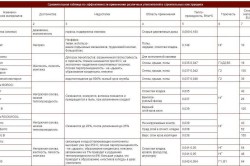
- Mineral or basalt wool... A very popular type of thermal insulation. The disadvantage of the material is its high absorption of moisture, which is why this material is more suitable for insulation from the inside.
- Polyfoam is not inferior in popularity to mineral wool. Does not absorb moisture, does not let in steam, can be used both inside and outside. It has many disadvantages: high flammability, and harmful substances are emitted during combustion, high price and fragility.
- Extruded expanded polystyrene. The composition is the same as the foam, but it is more durable, it is also suitable for outdoor and indoor work.
- Expanded clay. Due to the loose structure, it is difficult to use, and it is mainly used for insulation inside walls or poured in the attic. It can be used as an additive to concrete, increases its lightness and insulates it when pouring a foundation or producing concrete blocks.
- Warm plaster. This material has many advantages, it has sound insulation properties, vapor permeability, but at the same time low water permeability. Warm plaster is a non-combustible material. The disadvantages are the fact that the plaster has a lot of weight and limited layers. The layer thickness should not exceed 50 mm. If this limitation is not followed, the coating will crack and be quickly destroyed. It can be used both inside and outside.
- Cork fiber insulation. The performance properties of cork fibers allow them to be successfully used for insulation both outside and inside. But because of the increased flammability properties, it is preferable to choose a cork for internal insulation.
- Ecowool, cellulose wool. It absorbs moisture very well and, at the same time, does not tolerate any mechanical stress. It can only be used for interior work, most often attics are insulated with it.
The material should be chosen individually, since the characteristics of different heaters are quite different. The main characteristics that require special attention when choosing a heater are as follows:
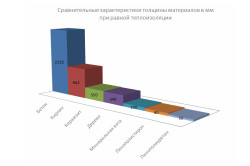
- Thermal conductivity. The lower this coefficient of the material, the less thickness will be required to insulate the walls.
- Moisture absorption. The lower this value for a material, the better, since after exposure to moisture, the properties of many materials are not restored. The moisture absorption coefficient shows how much a given insulation is resistant to the effects of a humid environment.
- Density, or mass. The higher this indicator, the heavier the insulation.
- Flammability class, which exists 4. Preference in construction should be given to materials belonging to class G1, since they stop burning without a source of fire.
- Durability. This coefficient indicates how long the insulation will not lose its characteristics.
- Vapor permeability, vapor permeability characteristics. When used for internal insulation, this indicator is important, since the ability to pass humid air prevents the formation of condensation, which in large quantities destroys both the insulation and the walls.
- Soundproofing material. This indicator, when used in individual construction, is not mandatory, but the presence of thermal insulation in addition and this property will increase the comfort of living.
- Sustainability is important for those who care about themselves and the environment. Materials that emit harmful substances and decompose for a long time are not environmentally friendly.
- Complexity of installation. This indicator is important for beginners who plan to do everything with their own hands. Complex materials will add experience, but construction can take significantly longer.
First of all, attention should be paid to the density and thermal conductivity of the selected material, since they must correspond to the climatic conditions in which the house is built. The cost of materials and the time it is planned to spend on wall insulation work also play an important role. It is not possible to quickly insulate walls with any material, and the cost of some of them is very high.
There are many methods by which walls are insulated after the material has been selected, but only 4 of them are popular.
Back to the table of contents
External wall insulation
Outside, walls are insulated using one of 3 methods, which are either wet insulation, ventilated façade, or insulation between walls. Insulation is carried out for walls, basement and external walls of the foundation. Brick walls are cleaned of debris and various dirt, and then the selected insulation is fixed on the cleaned surface.
In this case, the rule must be observed, according to which the vapor permeability of the layers towards the outside should increase or be the same, but not decrease.
Back to the table of contents
Wet insulation

When choosing this method, the walls of the building are covered from the outside with a cement-lime mortar, which in consistency and properties resembles plaster. After applying the first layer, the wall surface is primed, and then it is covered adhesive compositionon which the insulation is held.
Additionally, the layer of insulation is fixed with dowels. The next stage of insulation is reinforcement. To strengthen the insulation, another layer of adhesive is applied to it, after which a special mesh is installed.
When the glue dries, another layer of plaster is applied. When this layer dries, most often another layer is put on it, in which the plaster is decorative or colored.



